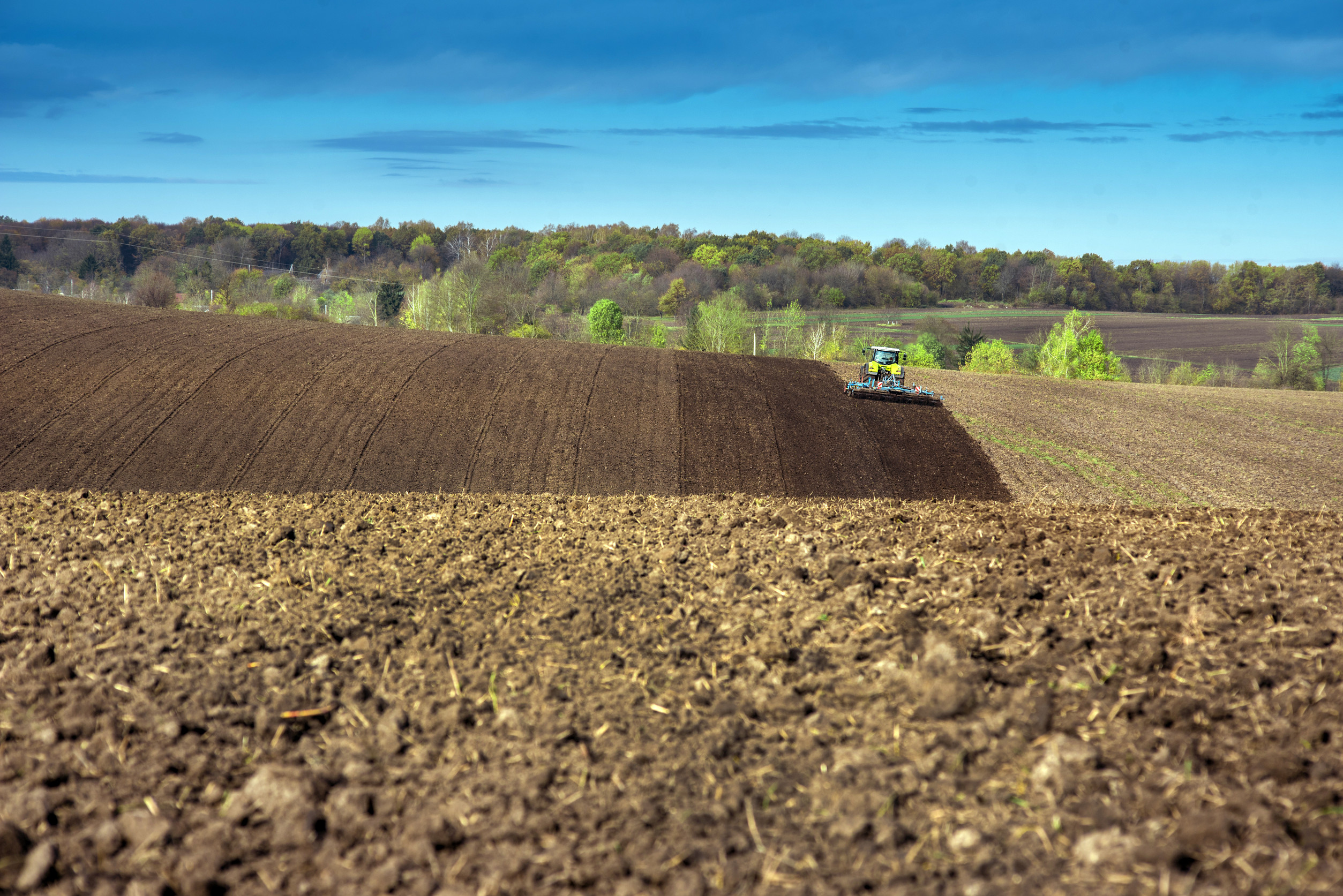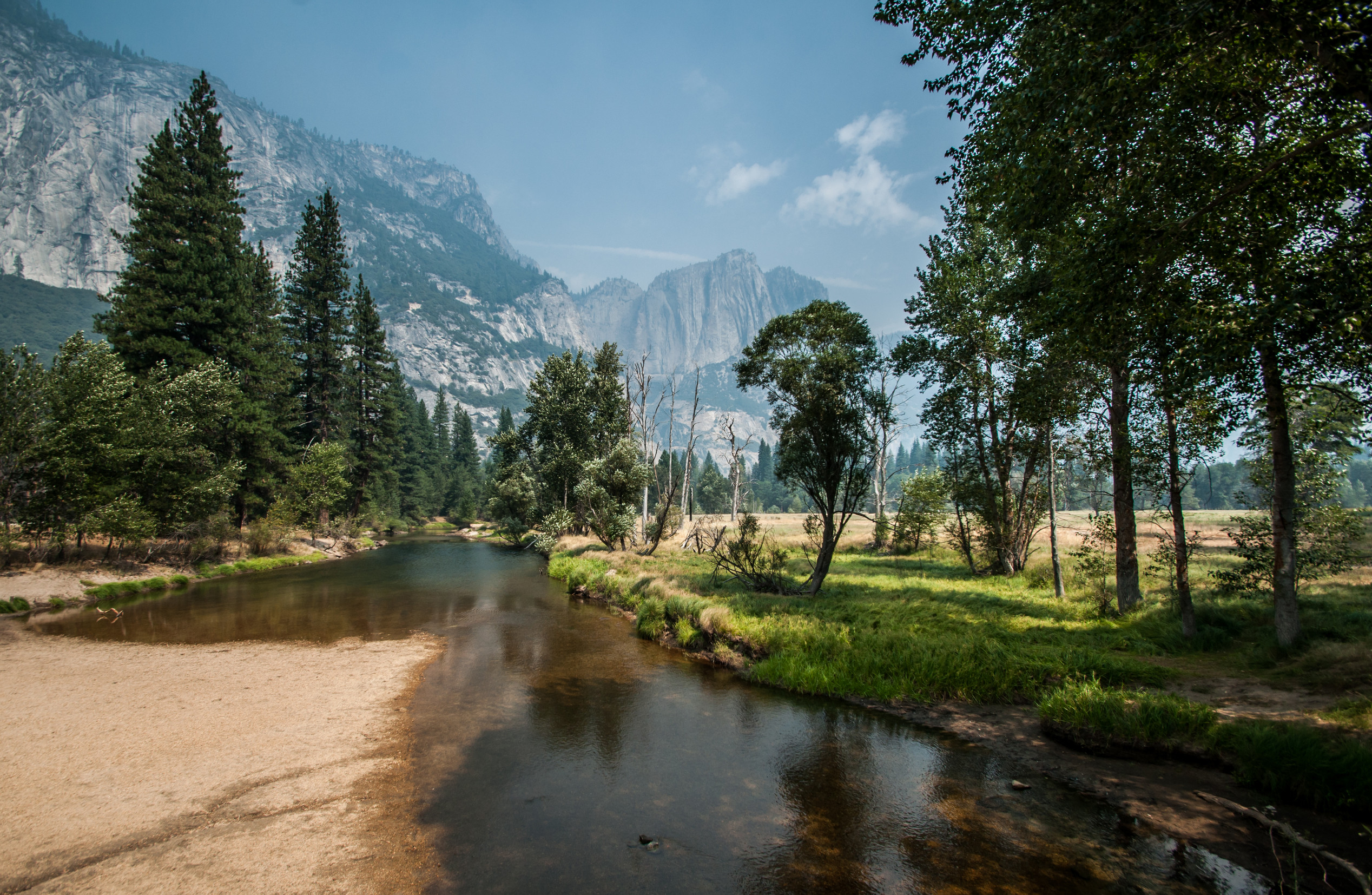One of the major barriers to humans embarking on deep space travel has been the challenge of taking enough oxygen for humans to survive—plants are extremely difficult to grow in zero gravity. A new leaf designed by Julian Melchior as part of the Royal College of Art’s Innovation Design Engineering course in collaboration with Tufts University’s silk lab, points to a way for producing oxygen that could greatly facilitate deep space travel. The plant is called Silk Leaf and is essentially thin layers of chloroplasts, extracted from plants, then layered over thin layers of silk that provide structure. The result is low-energy consuming photosynthetic cloth lives and breathes just like a plant does using light and a small amount of water to produce oxygen.

Man-made leaf could produce oxygen for deep space travel
More of Today's Solutions
Try this simple breathing exercise to rid yourself of cold hands and feet
Do you often find that your hands and feet are colder than the rest of your body? This can be perplexing, especially when gloves ...
Read MoreRoman jars reveal the secrets of ancient winemaking
Archaeologists are still putting the full story of human history together. From the discovery of a Viking shipyard in Sweden to the Sistine Chapel ...
Read MoreCancer detection breakthrough revealed via butterfly-inspired imaging
In the world of sensory perception, other creatures frequently outperform humans. A research team has created an imaging sensor that looks into the elusive ultraviolet ...
Read MoreAdvancements in vision restoration: CRISPR gives hope to patients
In a revolutionary development, CRISPR gene editing emerged as a beacon of hope for people suffering from genetic blindness. The results of a Phase ...
Read More








